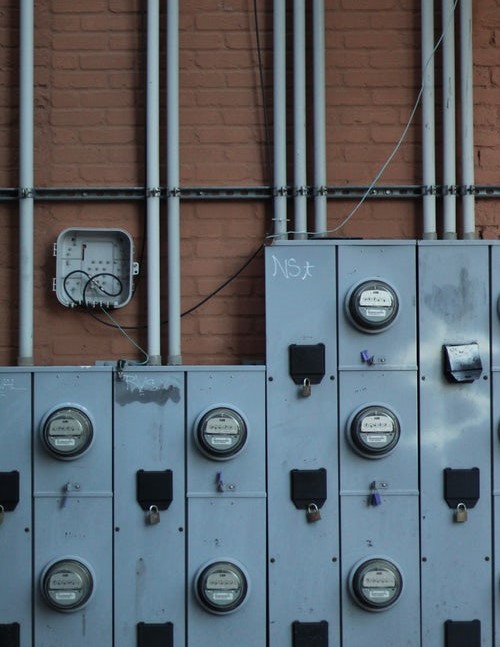
FRP/GRP Coating
Fibre Reinforced Plastic (FRP)/Glass Reinforced Plastic(GRP) have been used to solve corrosion problems for more than 50 years in many industries including chemical process, mineral processing, pulp and paper, and coal burning power plants. In many applications, fibre reinforced plastics provide superior performance to other materials of construction. As such they are now becoming the first material considered rather than one of last resort. Numerous case histories will be shown in this paper where these versatile materials have been used successfully in the control of corrosive environments.
FRP/GRP COATING SYSTEM
Applications
Advantages


FRP/GRP COATING SYSTEM
How to select coating?
A careful analysis of all the details of the service conditions is necessary to select the right lining. The following data must be taken into consideration:
The mineral processing and mining industry uses a variety of strong acids to extract minerals from low grade ores. The principal acid used in mineral processing is sulfuric acid, which is very corrosive to most all metals as well as concrete.
If steel is used for the storage tanks or process equipment, a protective coating or lining will also have to be applied. Most of these coated or lined tanks require ongoing maintenance to keep the steel protected.
A better option in these applications is to use FRI equipment made with a resin that is resistant to these strong acids. The most common resin used for these applications is a bisphenol, A epoxy vinyl ester resin. Many pieces of equipment can be made using epoxy vinyl ester resins. These applications include but are not limited to electrolytic cells, electro-winning cells, electrostatic precipitators, extractors, ducts, fans. scrubbers, stacks, stack liners, cell covers, grating, railings, storage tanks, settling tanks, pipes, pumps, and cooling towers. There are many case histories available to support the successful use of epoxy vinyl ester resins in such applications.